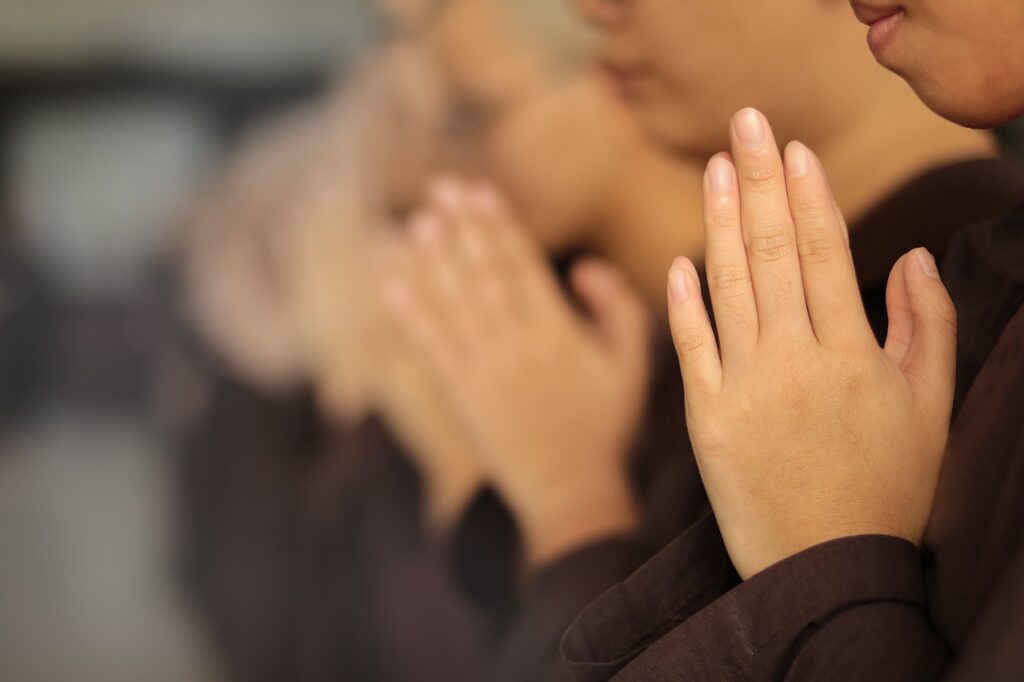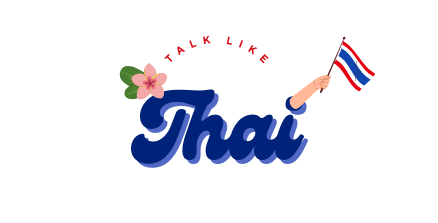Basic Greetings and Common phrases

Basic Thai Greetings
Learning basic Thai greetings is super important when you start learning how to speak Thai like a local. Thai culture places a lot of emphasis on politeness and respect, so knowing how to greet people the right way will leave a great impression and help you get a deeper understanding of the culture. It’s the perfect starting point for learning both the language and Thai culture.
How to greet people in Thai
When you meet or see someone, you would say “Sawasdee,” which means hello in Thai. Thai people often use “Sawasdee” for both saying hello and goodbye, so when you leave, you can say “Sawasdee” too. It’s also very important to use the right polite ending. For men, you would say “krab,” and for women, “ka.” Adding these polite words makes the greeting more respectful, which is key in Thai culture to show politeness and respect.
How to sound polite using ending words like “krab” and “ka”
As mentioned earlier, “krab” and “ka” are polite ending words that show respect and make your sentences sound polite. This is something you’ll use in basic Thai greetings and other conversations, helping you speak like a local. It’s especially important because Thai people highly value politeness, especially when talking to older people or strangers. Adding “krab” or “ka” makes your speech sound soft, respectful, and polite.
How to perform the wai and why it is important
Another key part of basic Thai greetings is the wai, a gesture where you bring both hands together as if you are praying, with all your fingers pointing upward. The tips of your fingers should be below your chin and close to your chest. When you greet, you bow your head slightly. The position of your hands and the depth of your bow depend on the person you’re greeting. If you’re greeting someone of the same age or younger, your fingertips should stay near your chin. For elders or people with higher status, your fingertips should touch your nose. For monks or highly respected individuals, your fingertips should be near your forehead when you bow.
This gesture is used to show respect when greeting, thanking, or apologizing. It conveys sincerity and respect. You can learn more about the wai gesture and see a video on how to perform it. This gesture, combined with polite words, is a significant part of Thai culture.
Conclusion
To learn to speak Thai like a local, it’s important to start with the basic Thai greeting. It’s an easy step: say ‘Sawasdee,’ followed by the polite ending word ‘krab’ or ‘ka,’ and combine it with the wai gesture. Together, these elements show respect, politeness, and friendliness. This helps you connect with Thai people and shows that you understand Thai greeting culture.
Ready to dive in? Check out our Basic Greetings and Common phrases Lesson for more practical tips and examples!
